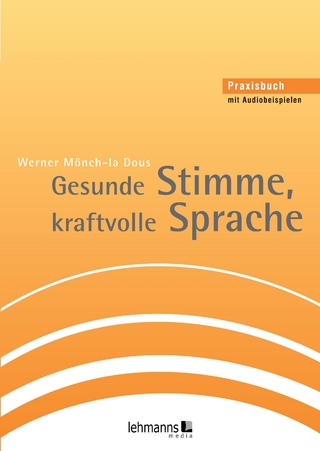
Languages in Space and Time
Cambridge University Press (Verlag)
978-1-108-48065-9 (ISBN)
This cross-disciplinary volume provides an overview of how complexity theory and the tools of statistical mechanics can be applied to linguistic problems to help reveal language groups, and to model the evolution and competition of languages in space and time. Illustrated with a series of case studies and worked examples, it presents an interdisciplinary framework to enable researchers from the mathematical, physical and social sciences to collaborate on linguistic problems. It demonstrates the complexity of linguistic databases and provides a mathematical toolkit for analyzing and extracting useful information from them - helping to conceptualize empirical facts better than a mere ethnographic view. Providing an important bridge to facilitate collaboration between linguists and mathematical modelers, this book will stimulate new ideas and avenues for research, and will form a valuable resource for advanced students and academics working across complex systems, sociolinguistics, and language dynamics.
Marco Patriarca got his PhD from the University of Perugia in 1993 on nonequilibrium classical and quantum diffusion. He is currently working as senior researcher at the National Institute of Chemical Physics and Biophysics, Tallinn, Estonia. His areas of interest includes stochastic processes, diffusion processes, brownian motion , condensed matter, quantum mechanics and physics of language. Els Heinsalu got her PhD from the University of Tartu in 2008 in Theoretical Physics. She worked on important topics, including stochastic resonance, individual based models, and complex systems at IFISC and at Niels Bohr International Academy. She is currently holding a position of senior researcher at the National Institute of Chemical Physics and Biophysics Tallinn, Estonia. Her areas of interest are statistical physics and its applications to complex systems, modeling of language competition and stochastic processes. Jean Leó Leonard got his PhD. From Université de Provence in 1991 on empirical sociolinguistics,. He was initially trained as a Finno-Ugrist, on Finnic languages, especially Finnish and Estonian, at Inalco. Since 1991 he has carried on fieldwork and theoretical research on several languages and dialects including Mesoamerican languages (Mayan, Otomanguean, Totonaco-Tepehua and Huave). He has been developing interdisciplinary research for dialectology and Complexity Theory since 2010. He is currently holding the position of full professor of Linguistic Typology and Linguistic Diversity at Paris-Sorbonne University.
Preface; 1. Introduction; 2. Language and languages; 3. Comparison based on string metric; 4. Historical glottometry; 5. Introduction to languages dynamics; 6. Languages evolution models; 7. Languages competition models; Bibliography.
| Erscheinungsdatum | 30.10.2020 |
|---|---|
| Reihe/Serie | Physics of Society: Econophysics and Sociophysics |
| Zusatzinfo | Worked examples or Exercises |
| Verlagsort | Cambridge |
| Sprache | englisch |
| Maße | 192 x 246 mm |
| Gewicht | 510 g |
| Themenwelt | Geisteswissenschaften ► Sprach- / Literaturwissenschaft ► Sprachwissenschaft |
| Mathematik / Informatik ► Mathematik ► Analysis | |
| ISBN-10 | 1-108-48065-9 / 1108480659 |
| ISBN-13 | 978-1-108-48065-9 / 9781108480659 |
| Zustand | Neuware |
| Haben Sie eine Frage zum Produkt? |
aus dem Bereich


